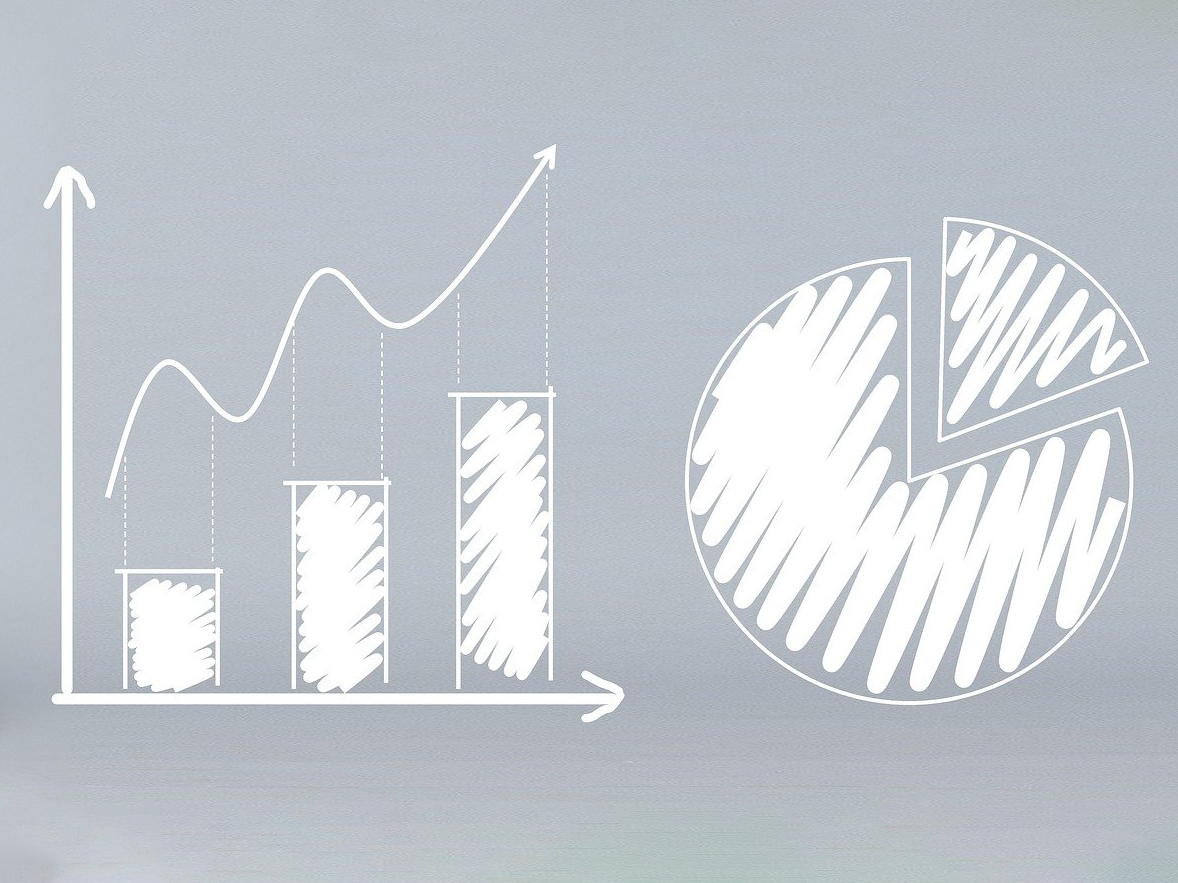Economist’s View: CRE Asset Price Inflation to Continue
While consumer prices expanded modestly over the past decade, asset values improved notably.
As the Federal Reserve has embarked on QE Infinity, which has increased bank reserves by over $1.1 trillion—equal to 67 percent—the fear of inflation arises. Some argue that there was no notable inflation from 2009 to 2019, even though the Fed increased bank reserves by $3.2 trillion (379 percent) via QE 1-3. Over the last decade, the Consumer Price Index rose by just 1.8 percent per annum. However, this does not mean that there was no inflation, which is defined as the average price increase of all—not just consumer—prices in the economy.
While consumer prices increased only modestly, asset prices showed notable inflation. Thus, unlike in the 1970s, when asset values languished and consumer prices soared in response to monetary expansion, the most recent decade was marked by asset price inflation and muted consumer price inflation.
Who benefits and who doesn’t?
The dynamics of asset price inflation in a world of low consumer price inflation merit understanding. The rise in asset prices benefits those who already own assets but bestows no benefit on those who do not. Those who do not already own assets fall into three nonmutually exclusive categories: the young, the lower-skilled and the big spenders. Meanwhile, those who already own assets are generally comprised of the negative of these categories: the older, the higher-skilled and the savers.
A world of asset price inflation with little consumer price inflation does not rob nonasset owners of day-to-day purchasing power but does severely challenge their ability to acquire assets (e.g., single-family homes). Meanwhile, the day-to-day purchasing power of asset owners is unchanged, while their ability to accumulate wealth increases. It also allows owners to selectively liquidate assets to invest in human capital, and particularly their health and the education of their children. This led to substantial price inflation from 2009 to 2019 for these two components of consumer outlays and squeezed many nonasset owners who could no longer afford these items. In short, asset inflation with no notable consumer price inflation widens the wealth gap and effective income inequality.
Food for thought
This will happen again over the coming decade, as the modern banking system—unlike that of the 1970s—is designed to channel money to large capital users rather than consumers. The system is positioned to lend hundreds of millions of dollars for asset-backed loans to investors for buyouts rather than thousands of dollars for small-business and consumer loans. The prices that rise in the face of monetary expansion are those favored by those receiving the money.
To grasp this simple fact, consider which prices would rise if 100 percent of the QE Infinity injections were given to teens. Streaming services, video games, smartphones, makeup, etc., would see skyrocketing prices as teens poured this newfound money into their preferred items. Meanwhile, the prices of gold, homes, books and senior housing would see little change. In short, inflation over the next decade will be concentrated in investable assets, as that is where banks will disproportionately direct their capital. This means that we expect further cap rate compression over the coming decade.
Dr. Peter Linneman is principal & founder of Linneman Associates and professor emeritus at the University of Pennsylvania Wharton School of Business. Follow Dr. Linneman on Twitter: @P_Linneman









You must be logged in to post a comment.